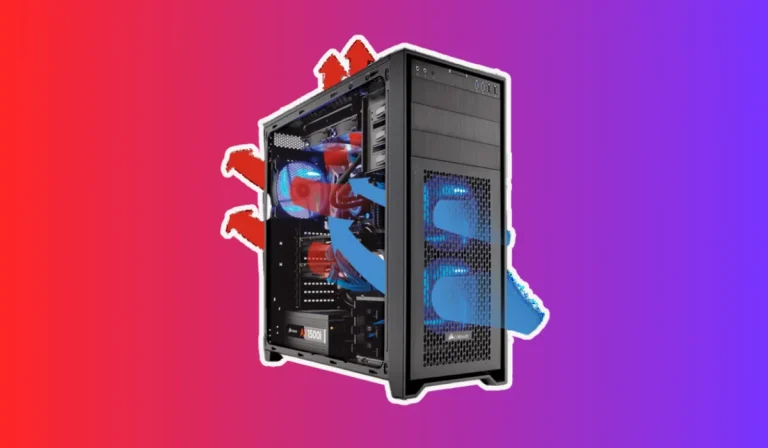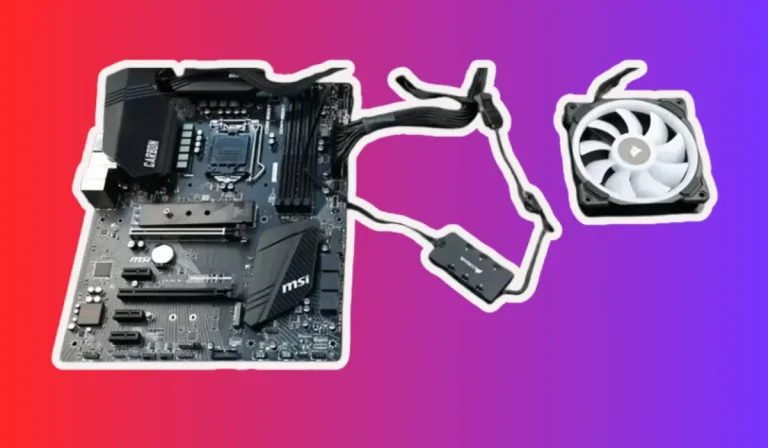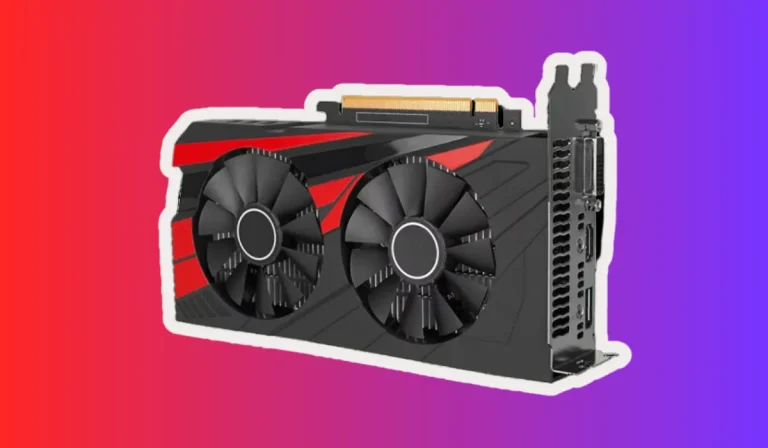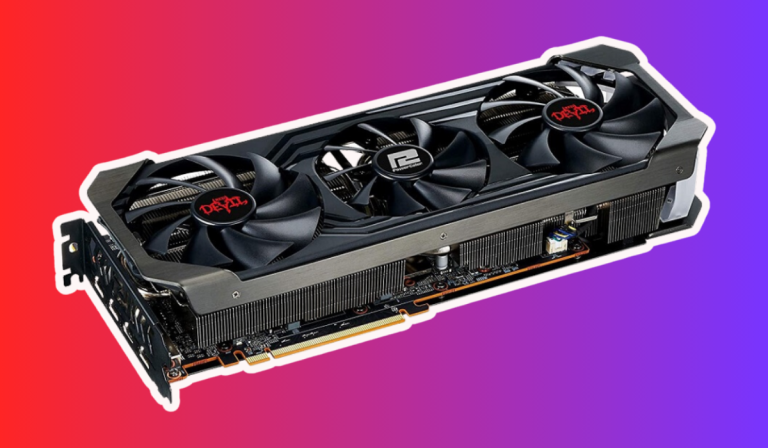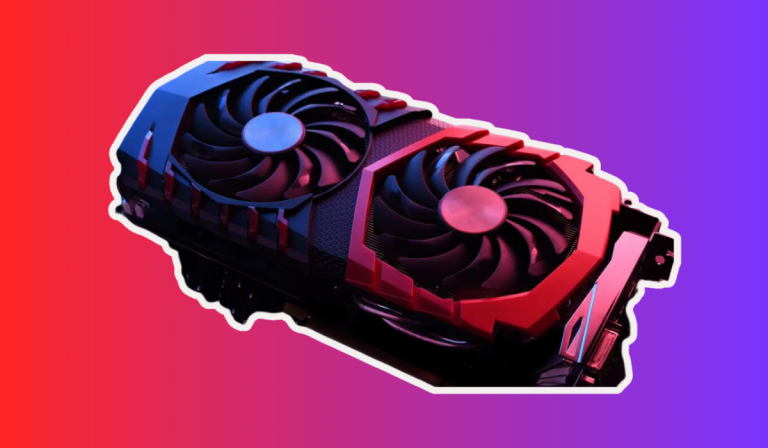Does a Computer Need a Graphics Card?
Meta Description: Discover the significance of graphics cards in computers and how they enhance performance for a seamless user experience.
In the world of modern computing, graphics cards have become a hot topic. But what exactly is a graphics card, and do you need one for your computer? Let’s dive in and explore the importance of graphics cards, how they enhance performance, and why they matter for a seamless user experience. Get ready to uncover the secrets behind those stunning visuals on your screen!
The Benefits of Having a Graphics Card
A graphics card is not just an optional accessory for your computer; it can significantly enhance your entire computing experience.
Whether you’re a gamer, a graphic designer, or simply someone who enjoys watching high-definition videos, having a graphics card can make a world of difference.
Improved Graphics Quality and Realism
One of the primary advantages of having a graphics card is the ability to enjoy enhanced graphics quality and realism.
Whether you’re playing the latest video games or watching movies, a graphics card can provide smooth and detailed visuals that make the experience more immersive. With a dedicated graphics card, you can enjoy vibrant colors, sharper textures, and realistic lighting effects that bring your favorite content to life.
Enhanced Performance in Gaming and Multimedia Applications
If you’re a gamer, you know how important it is to have a graphics card that can handle the demands of modern games. A graphics card not only improves the visual quality but also boosts the overall performance of gaming applications.
It allows for smoother gameplay, higher frame rates, and reduced lag, ensuring a seamless and enjoyable gaming experience.
Moreover, a graphics card can greatly benefit multimedia applications such as video editing and graphic design software.
These applications require significant processing power to render complex visual effects and handle large files. With a powerful graphics card, tasks like video rendering, 3D modeling, and image editing can be completed faster and more efficiently.
Multiple Monitor Support and Extended Desktop
Another advantage of having a graphics card is the ability to connect multiple monitors to your computer. This feature is especially useful for professionals who require a larger workspace or gamers who want a more immersive gaming setup.
With a graphics card, you can extend your desktop across multiple screens, allowing for increased productivity or a more immersive gaming experience.
Upgrading Graphics Cards
Upgrading your graphics card can be a game-changer for your computer’s performance and visual capabilities. Whether you’re a gamer looking for smoother gameplay or a graphic designer needing faster rendering speeds, a graphics card upgrade can unlock a whole new level of possibilities.
Why Consider Upgrading?
Upgrading your graphics card can breathe new life into your computer, allowing it to handle more demanding applications and games.
If you’ve noticed lag, choppy graphics, or slow rendering times, it may be a sign that your current graphics card is struggling to keep up. By upgrading, you can enjoy smoother performance, improved visual quality, and faster processing speeds.
Factors to Consider
Before diving into the world of graphics card upgrades, there are a few factors to consider. First, check the compatibility of the new graphics card with your computer’s specifications.
Ensure that your power supply can handle the increased demands of the upgraded card. Additionally, consider your budget and the specific requirements of the applications or games you use.
Different Types of Graphics Cards
When upgrading your graphics card, you’ll encounter various options in the market. From entry-level to high-end cards, each offers different levels of performance and features.
Research and compare different models, considering factors such as clock speed, memory capacity, and cooling solutions. Choose a graphics card that aligns with your needs and budget.
Installation and Software
Once you’ve selected your new graphics card, it’s time to install it. Ensure you follow proper installation procedures, such as grounding yourself and removing the previous card’s drivers.
After physically installing the card, download the latest drivers from the manufacturer’s website to optimize performance and compatibility.
Final Considerations
Upgrading your graphics card can be an exciting process, but it’s essential to understand the potential limitations.
Consider whether other components of your computer, such as the CPU or RAM, might also need upgrading to fully maximize the benefits of a new graphics card. Remember to research, compare, and choose wisely to ensure the best possible upgrade for your specific needs.
Graphics Cards and Gaming
When it comes to gaming, having a powerful graphics card is a game-changer. It can elevate your gaming experience to new heights, immersing you in stunning visuals and smooth gameplay.
Enhanced Visuals and Realism
One of the primary benefits of having a graphics card for gaming is the ability to enjoy enhanced visuals and realism. A powerful graphics card can handle complex textures, realistic lighting effects, and high-resolution displays, bringing games to life in vivid detail.
From breathtaking landscapes to intricate character designs, a graphics card can make every pixel pop, making your gaming experience more immersive and visually stunning.
Smooth Gameplay and High Frame Rates
Graphics cards play a crucial role in delivering smooth gameplay and high frame rates. They are responsible for rendering the images and animations in real time, ensuring that every movement is fluid and responsive.
With a powerful graphics card, you can achieve higher frame rates, reducing lag and providing a seamless gaming experience.
Whether you’re exploring open-world environments or engaging in intense multiplayer battles, a graphics card can keep up with the demands of modern games and deliver a smooth, lag-free performance.
Compatibility with VR and Triple-A Titles
Virtual reality (VR) gaming has gained significant popularity in recent years, and a graphics card is essential for a seamless VR experience.
VR games require a high level of graphical processing power to render two separate images simultaneously, one for each eye.
A powerful graphics card can handle the demanding requirements of VR gaming, providing smooth and immersive gameplay.
Additionally, graphics cards are crucial for running triple-A titles, which are known for their stunning graphics and advanced visual effects.
These games often push the boundaries of what is possible in terms of graphics, and a powerful graphics card is necessary to fully enjoy their visual splendor.
Upgradability and Future-Proofing
Graphics cards also offer the advantage of upgradability, allowing you to keep up with the ever-evolving gaming landscape. As new games and technologies emerge, having a graphics card that can handle the demands of the latest releases is crucial.
Upgrading your graphics card can help future-proof your gaming setup, ensuring that you can enjoy new games without compromising on performance.
FAQ’s
1. Does a computer need a graphics card?
While a graphics card is not always necessary, it greatly enhances a computer’s visual performance, especially for tasks like gaming, video editing, and graphic design.
2. Can I use my computer without a graphics card?
Yes, you can use a computer without a graphics card, but you will rely on the integrated graphics processing unit (GPU) built into the motherboard. This may result in lower graphics performance and limited capabilities for demanding applications.
3. What are the benefits of having a dedicated graphics card?
A dedicated graphics card offers several benefits, including improved visual quality, smoother gameplay, faster rendering speeds, and compatibility with high-resolution displays. It also offloads graphics processing from the CPU, allowing for better overall system performance.
4. Do all computers come with a built-in graphics card?
Most computers come with integrated graphics, which means they have a basic GPU built into the motherboard. However, not all computers come with a dedicated graphics card. It depends on the type and purpose of the computer. Gaming PCs and workstations typically have dedicated graphics cards.
5. Can I upgrade my graphics card to an existing computer?
Yes, you can upgrade your graphics card in an existing computer, as long as the motherboard has a compatible slot and the power supply can handle the increased power requirements. Upgrading the graphics card can significantly improve visual performance and allow you to run more demanding applications or games.
Conclusion
While a graphics card is not always essential for every computer, it is a valuable addition to tasks like gaming, video editing, and graphic design. With improved visual quality, smoother gameplay, and faster rendering, a graphics card can elevate your computer experience to new heights.

